I am a full time travel photographer, for all intents and purposes. For the last five years, I have been spending half of the year out of my home in the United States, traveling across the oceans to document the adventures to be had in other countries and documenting the beauty of other cultures. The majority of this work is published right here on Resource Travel. But I also lead workshops for The Giving Lens, so I like to THINK I know what I am talking about when it comes to travel photography, at least that’s what some of my workshop team members have told me. But after the last couple of days, I am starting to question that.
Why? Well there is a man named David DuChemin. He is a Canadian, so you know he is friendly. But in addition to being friendly, he is also one of the biggest influences in my photography career. Now, Mr. DuChemin doesn’t know this yet, but maybe if he reads this he will. It all started when I read his book ‘How to Feed a Starving Artist’. At the time, I was, in fact, a starving artist. Ok, well the slight beer belly I carried proved that I was NOT in fact starving, but I sure as hell didn’t know the first thing about how to get my photography business off of the ground. At the time, the book was as valuable to me as Bitcoin. It taught me about some important lessons that I put to use as I actually began to make photography not only my passion, but also my career. Fast forward a couple of years, and I felt myself falling into a creative slump. I was running in circles, not being able to harness my energy and creativity towards an end goal. That’s when DuChemin published ‘A Beautiful Anarchy.’
One Amazon reviewer called it the ‘Bible of Creativity,’ and that is 1000% accurate. It is a book I have read numerous times over, and, now that I am thinking about it, must read again.
Anyway, back to what David DuChemin has to do with me questioning what I know about travel photography. This week, he launched his online mentorclass ‘The Traveling Lens’ on his Craft & Vision website. There are few people who can force me to sit down at a computer and watch videos and then read in depth lessons about what I just watched in order to try to become better at something, but David DuChemin is one of them. So I brewed up a fresh batch of coffee and put the Whisky on ice and went through the course. And, it changed me. After all of these years, it is still amazing to me that I can still learn so much. I wasn’t doing anything wrong before, per say, but this course opened my eyes as to what I can do BETTER. Once again, David DuChemin, from hundreds of miles away having never met me, had somehow reigned in my wandering creative mind and forced me to look at the bigger picture, while at the same time, forcing me to take a closer look.
I am excited to share with you just a small sample of important lessons from this course that I either learned for the first time or re-learned with new eyes and ears. But this is just a small sample, and I am no David DuChemin. So if you have ever wanted to improve your visual storytelling, even if not ‘traveling’, I know this course will be valuable to you, so sign up today and improve your storytelling with me. Oh, and yeah, don’t put it off. Enrollment is only open for a week. Need even more incentive? That friendly Canadian is giving away a new camera and lens and a plane ticket to anywhere in the world to one lucky person who enrolls before September 4th.
So read on, see what I learned, check out some of his beautiful photos from India, where the mentorclass was filmed.
Below are some of my favorite quotes from Duchemin in the Traveling Lens mentorclass. This is just a SMALL sample. I had over 150 of his quotes in my notepad as I wrote this article. If you have ever read Duchemin’s books, you won’t be surprised as you know he is a master of inspirational and ‘ah ha!’ phrases.
It’s not about photographing everything that moves, but rather, what moves you.
This philosophy is a recurring theme in the class. And DuChemin makes sure to drive the point home in many ways. Go slow, develop a plan, (more on that later) and don’t scatter shot. I put this at the top of the list because it can relate to much of what is explained in the class. And is something I am horrible at. Being a ‘reactive’ travel photographer, I rarely go into a trip with a plan or a goal. Sure, it has worked for me. But am I really telling the BEST stories possible? Definitely not. I always had a feeling I wasn’t, but after taking this class, I am sure I can do better.
The postcards have already been shot, and they’re never the deeper images that reflect your unique experience and perspective on a place. Go determined to find your Varanasi, Paris, or Cairo.
As DuChemin also explains, there is nothing wrong with the postcard shots. If that is all that you aim to do on a trip, then go for it . But this is a class that is catered to those who want to take their travel story telling to a higher level. And the stories aren’t in the postcards in the gift shops. Another quote he said that relates to this point: ‘The needs of the tourist (one who tours) are different from the needs of the photographer.’ You need to determine which one you want to be, and approach your travels in that way. It’s not easy (or as enjoyable) to be both.
Don’t get so hung up on preparation that you never get on the plane.
Preach on Sir DuChemin! I am not a planner. As stated above, I am reactive. I get off the plane, and I react. All too often, I talk with photographers who invest so much time in the planning, only to have a couple things happen when they hit the ground. Nothing goes as planned, and the reality isn’t what their expectations were. Instead of rolling with the punches, they spend too much time trying to get back on track, and before you know it, the trip is over.
Most people plan to see way too much and in the end they never really see it.
I learned this lesson the hard way. The one and only time I went to Europe was in 2009. A couple of friends and myself decided to see six countries in just under three weeks. And one of those countries was Ireland, where we planned a road trip around around the Ring of Kerry in addition to our time in Cork and Dublin. As you can imagine, we saw a lot in every country. Guess how much I remember? None of it. Why? Because we didn’t give ourselves the time needed to become engrained in the locations, the culture, the history. We literally ‘followed the plaques,’ took our snapshots, and moved on to the next country via airplane, which was another nightmare in itself. These days, like DuChemin, I get much more enjoyment (and much better photos) when I plant my flag.
Your First job as a photographer is to SEE, and not necessarily with your eyes.
This may be the most obvious quote in the bunch, yet, I bet no one ‘thought’ about it before hearing it. Photography is so much more than seeing the scene. You have to read the scene. Feel the vibes. Live in the moments. All of these aspects, and many more that DuChemin covers, help you ‘see’ better.
Courage is one of the most important skills of a travel photographer.
That’s right. Not composition. Not the ability to find and capture the right light. But courage. You have that perfect light…that amazing scene in front of you. But it’s missing something…or someone. What if you had an incredible face in the frame. Someone whose story you can tell through the portraits you take in these perfect conditions. Well, guess what. You aren’t going to find those interesting people who hold those enthralling stories without having the courage to put yourself out of your comfort zone and get to know the locals you might otherwise walk by as you angle your head down to the ground.
How to approach the locals, how to keep them engaged, and most importantly, how to earn their respect, is all covered in depth in the mentorclass, and DeChemin nails it perfectly.
Establish some relationships and from those, you’ll create new opportunities that no passing tourist will ever have.
Once you have found that courage, learning how to connect with the people is an important part of the lessons, and for good reason. EVERY travel experience that I look back on with amazing memories stemmed from relationships that were established. Some of them have taken years and multiple trips to cultivate, while others happened over minutes in passing. But those connections would lead to amazing experiences that I can promise, very few other tourists ever had in those locations. DuChemin says it best: ‘Respect opens doors. Disrespect closes them and often locks them.’
Your attention is a resource, like money and time. It’s not infinite. Did you really come all this way to spend time on your iPhone, answer the same emails you do at home, or to check in on Facebook or Instagram to see what others are doing rather than having an adventure of your own?
This really needs no explanation. Read it again. And again. And again.
The curious always win.
Have you heard of Humans of New York? I am assuming you have, because he is amazing. Why is he so amazing? He isn’t the most technically perfect photographer of all time. What he IS amazing at is his story telling. And how did he get the skills to be able to get some of the most sensitive and private information locked away in his subjects mind? By genuinely being curious about people’s stories. He didn’t fake it. In his early days, I imagine his curiosity came off in such a soft approach that his subjects felt comfortable with him. Over the years, he has continuously refined his skills, but there is one thing that hasn’t changed over the years. His genuine curiosity about the Humans of New York. And that is what makes him an amazing story teller.
Great travel portraits come from respect, curiosity, and courage.
DuChemin often talks about the ‘defensive’ posture of subjects that he sees in a lot of travel portraits from around the world. That is for good reason. Most photographers simply walk up to an interesting looking subject, ask to take their photo (some don’t even bother with this step) and then walk away. There is no comfort, no respect, and no real person in the resulting photo. It is simply a statue. Why? Because the photographer lacked one of the quoted traits (or even all three). I can fully attest to this in all of my travels. My most coveted portraits came from the subjects that I spent time with. The ones I got to know. The ones that respected me for not treating them like a painting in a museum.
Learning how DuChemin achieves all three of these traits when he is taking portraits was one of my favorite and informative sections of the mentorclass. Even though I felt like I knew about this before, seeing it through his eyes inspired me and got me excited for my upcoming trips to Morocco and Jordan. Not just for the photos, but for the experiences of getting to know the people that will wind up in my viewfinder.
Get used to the awkward silence; there’s nothing wrong with it.
So you nail the courage to talk to a future subject, your curiosity makes them comfortable to open up to you, and you feel that they are respecting you for it. Don’t let that relationship crumble with your reaction to the impending awkward silence. It is bound to happen, especially if you do not speak the same language. A smile and a laugh are often just as loud as your words.
Showing too much dilutes the power of a photograph. If everything in the image pulls at my eye—my attention—with the same amount of power, my eye won’t know where to go, and you’ll dilute the power of the thing that could otherwise be most important, the subject that otherwise would give the image its strongest impact.
This came from another of my favorite parts of the course where DuChemin explains how to isolate your subjects. I never really thought about all of the different ways you can isolate the subject of a photograph. But there is a couple really creative ways that he explains perfectly. This is something I never really ‘practiced’ before, but it will be at the forefront of my mind on my future travels.
Leaving Mystery is interesting and powerful.
So you have learned how to isolate your subjects. But as DuChemin explains, ‘If I know the whole story the second I see the photo, my attention is gone.’ He goes on to explain how to leave a little mystery in your photos. Just enough to keep those viewers eyes glued to the screen and engaged.
Cliche is in how you do it, not in what you do.
Stop the train! David Duchemin just laid down the hammer! This is so spot on. We photographers hear that bad word, ‘cliche’, all the time. If George Carlin was a photographer, there would be 8 dirty words you can’t say, not 7. But as DuChemin goes on to explain, there is nothing cliche about a location or a look. But if you don’t get original, if you don’t think outside the box, if you don’t FEEL the scene and let that translate to your photographs, you will just come out with another cliche photograph.
Ami Vitale admitted, not entirely jokingly, that she didn’t really know what the rule of thirds was. Her point was that you have to shoot with your heart and that the story was way more important than following the so-called rules.
If you follow National Geographic’s Ami Vitale, this quote will blow your mind. But then, you really think about her photos, and it’s obvious that everything she captures really comes from the heart. And that’s why it resonates so strongly with us the viewers.
Make photographs that are about something rather than merely of something.
No words needed. This quote perfectly sums up the overview of the lessons DuChemin teaches us in this mentorclass.
The single greatest challenge I face as I travel is seeing the place. That is why I take visual inventories.
I never knew what a visual inventory was, and maybe it is a concept invented by Duchemin. In essence, what Duchemin drives home is that you are NOT going to photograph it all, so you need to begin taking a visual inventory as soon as you get off of the plane. You need to take note (physically, in a journal if possible) elements of the locations that draw in your imagination. This will help you properly channel your focus, instead of just aimlessly walking the streets ‘looking’ for something to photograph. The class has a much more in depth explanation and lesson planned molded around this concept that I can’t properly due justice, but I do know this is an insanely valuable lesson that I will be utilizing the second I get off of the plane in Morocco and Jordan this fall.
Sketch. Evaluate. Keep trying. The images that don’t work (yet) are not crap; they’re necessary steps to get to the good stuff. They are sketch images.
“One and Done is a myth.” Something I never thought about. Sure, I have gotten lucky with a photograph here and there with one take, but the majority of images I take have gone through a ‘trial and error’ system of a couple of ‘test’ photos taken before. But I didn’t really think through that process. I didn’t really realize WHAT I was looking for in my test photographs, but DuChemin explains his process of ‘sketch images’ in great detail. Before, I would think of these as failed images. But they are far from it. They are my sketch images, that are necessary in order to properly capture the final, refined piece of art.
Themes and constraints are critical to forcing you to learn how to focus and take deeper, more meaningful story telling images.
This is something I am terrible at. DuChemin says ‘Pray and Spray’ no fewer than 20 times in the course, and there is a reason. He is trying to teach you to tell a story with your images, and good stories don’t come from the ‘Pray and Spray’ approach. Go grab a National Geographic and read any of the articles and ask yourself “Did that photographer ‘Pray and Spray?'” I can guarantee the answer is no. They followed the established theme. Obviously the overview is given to them when the assignment is given, but in this part of the course, DuChemin expertly teaches you how to be your own creative director AND how to convey that creative direction into a story, based on the theme that you have narrowed your work on site down to. How can you become even more focused on that theme? By setting up constraints. As DuChemin says, having too many choices is not a good thing. Oh, you have 4 different lenses to take that portrait with? Well while you shuffle through your camera bag looking through your options, the moment with your subject has passed. They are no longer loose and in the moment. This wouldn’t have happened if you set a constraint to only shoot this theme on one specific lens. The themes and constraints portions of the class were exemplary. They have made me rethink years of my approach to travel story telling. And I couldn’t be more excited to start implementing his lessons about themes and constraints in my future trips.
A story told well can stop the frenetic Instagram scrolling and engage and that’s one of the reasons we use storytelling.
This is an issue I have long wrestled with myself about. I WANT to be a visual storyteller. And in a sense, I am through the original stories I tell on Resource Travel. But Instagram makes that same storytelling difficult. Not impossible. But difficult. So all to often, I am in a thinking about two different photos when I am traveling. What will work for Instagram, and what will work for the story. While my mind is trying to decipher how to accomplish both, I am losing the important connections and moments in unfolding in front of me.
So what do I do? Well, to be honest, I have to stop giving a damn about what people on Instagram want to see. I should be posting what I want to see. The stories I want to tell. The amazing people I want to introduce to the world. And I shouldn’t care about how many people like it, or if I lose followers as a result of my storytelling. If that story resonates deeply with just one person who I make stop in their tracks and dive deeper into the experience, it is worth more than the 500 likes achieved from the frenetic scroll that is Instagram.
And thanks to this incredible mentorclass from David DuChemin, I now have the courage and the knowledge to start telling the real travel stories that have meaning, emotion, and an everlasting effect on not just my viewers, but also on me. Thank you once again for lighting the path on my never-ending photography journey.


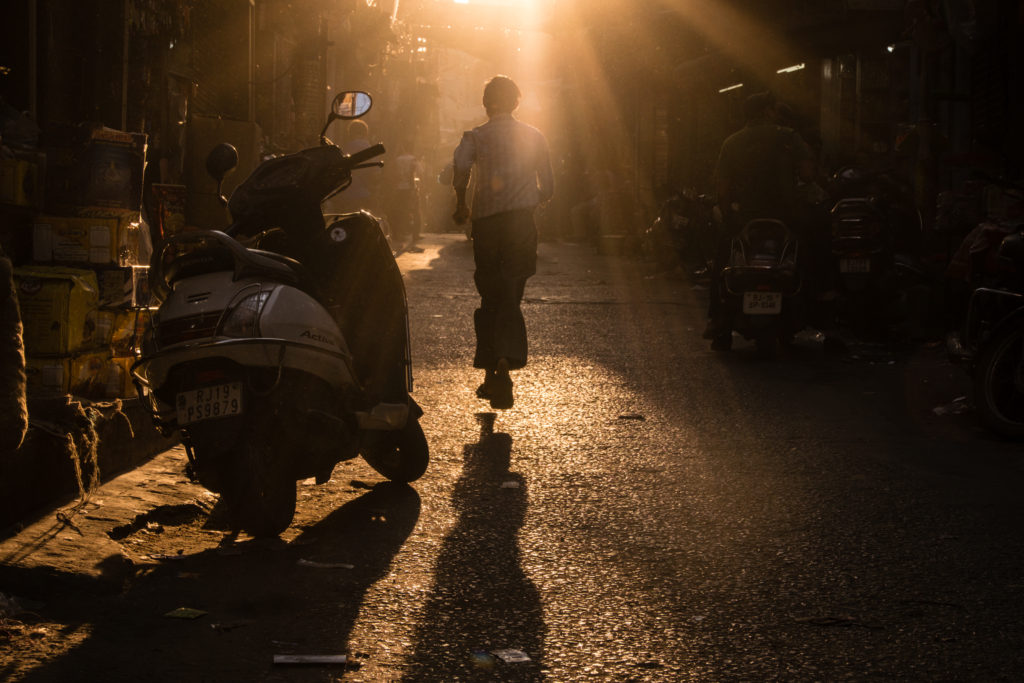
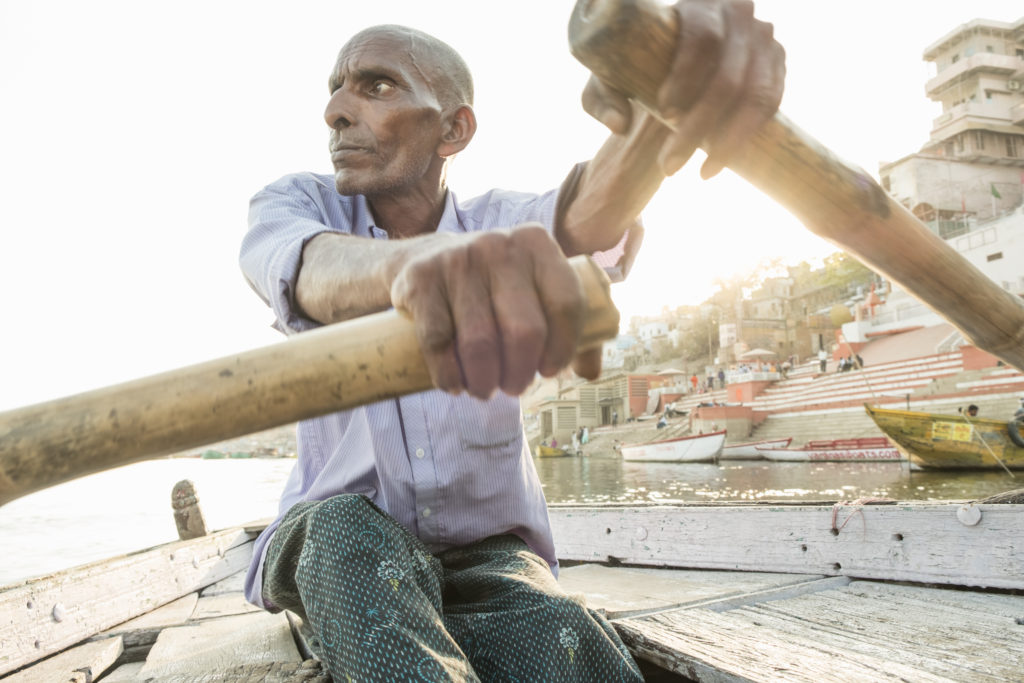
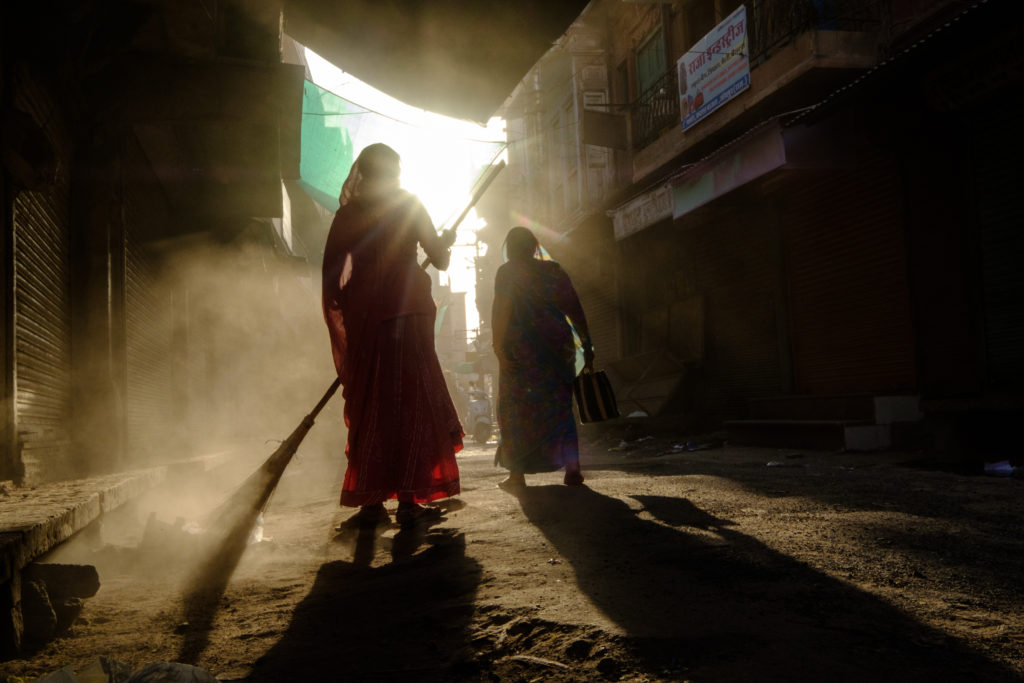
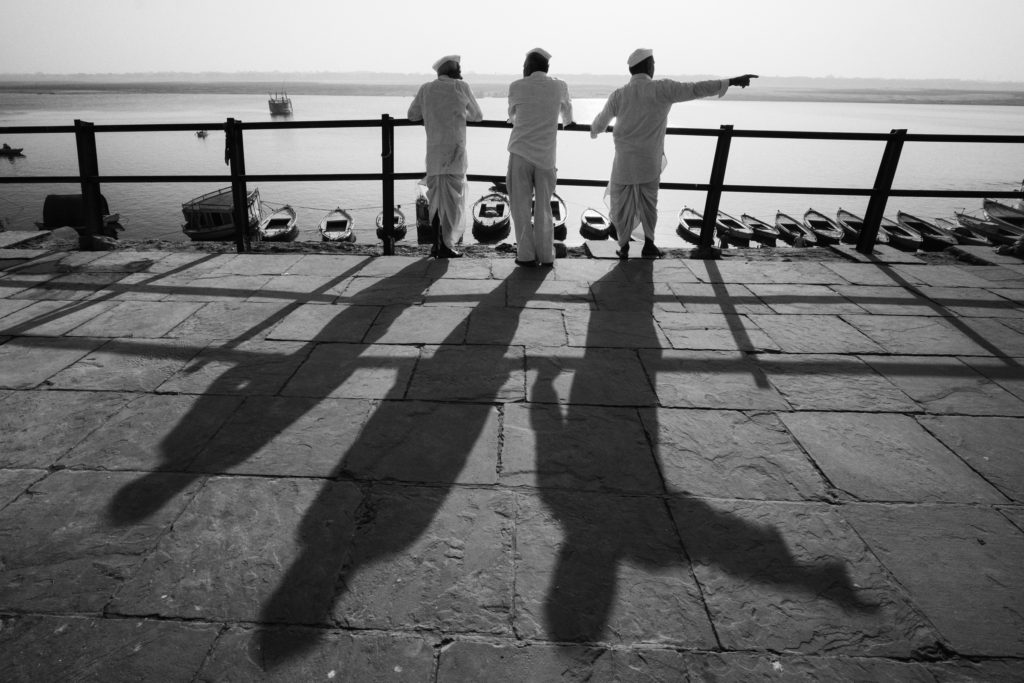
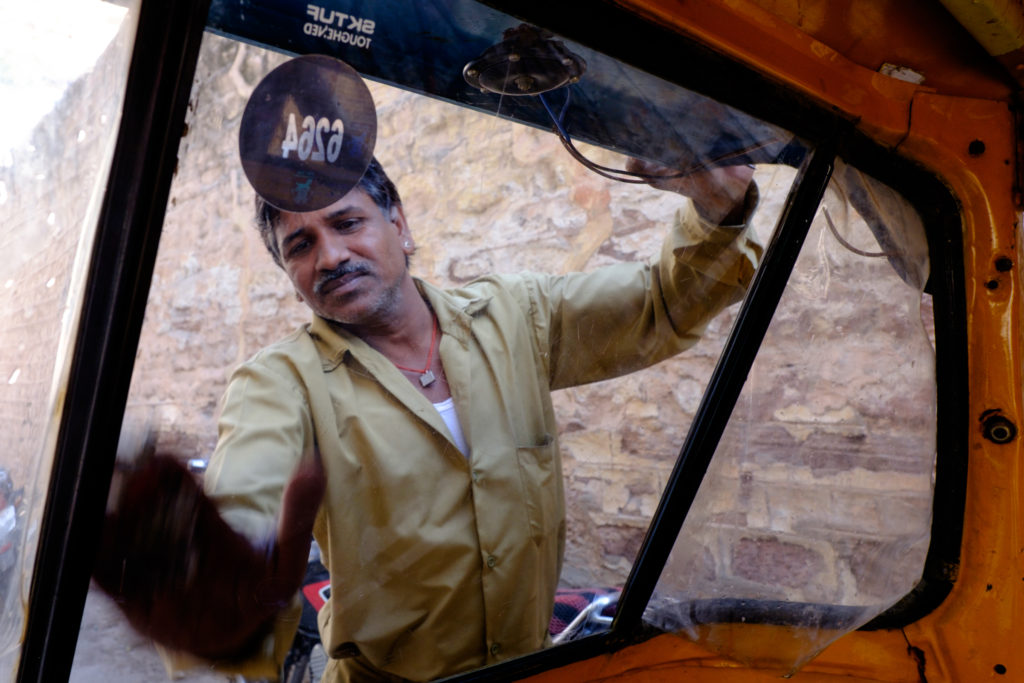
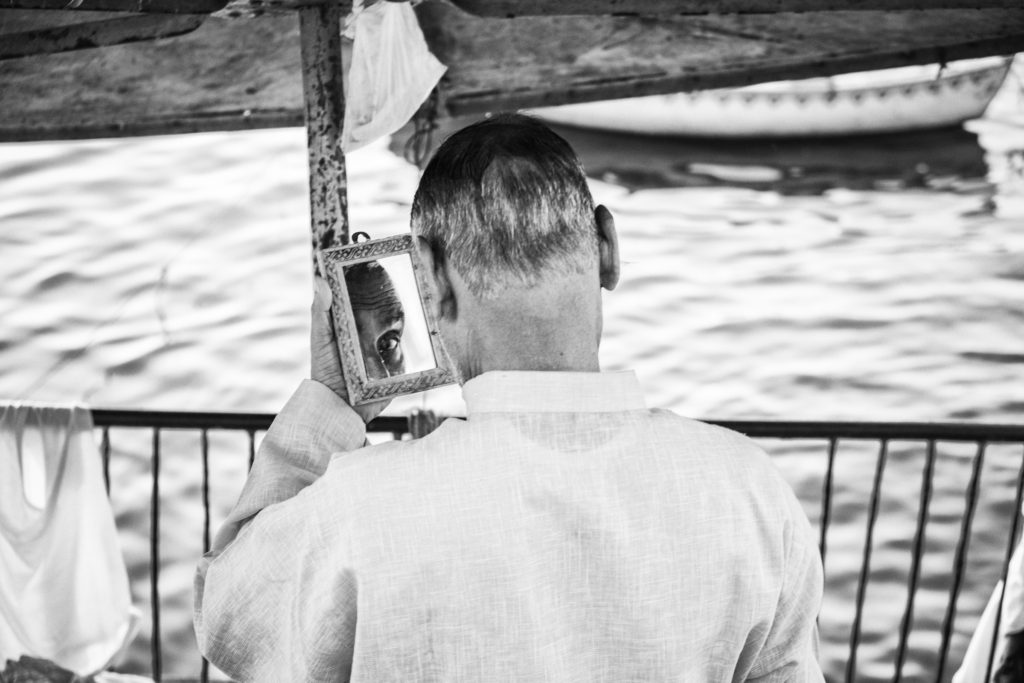
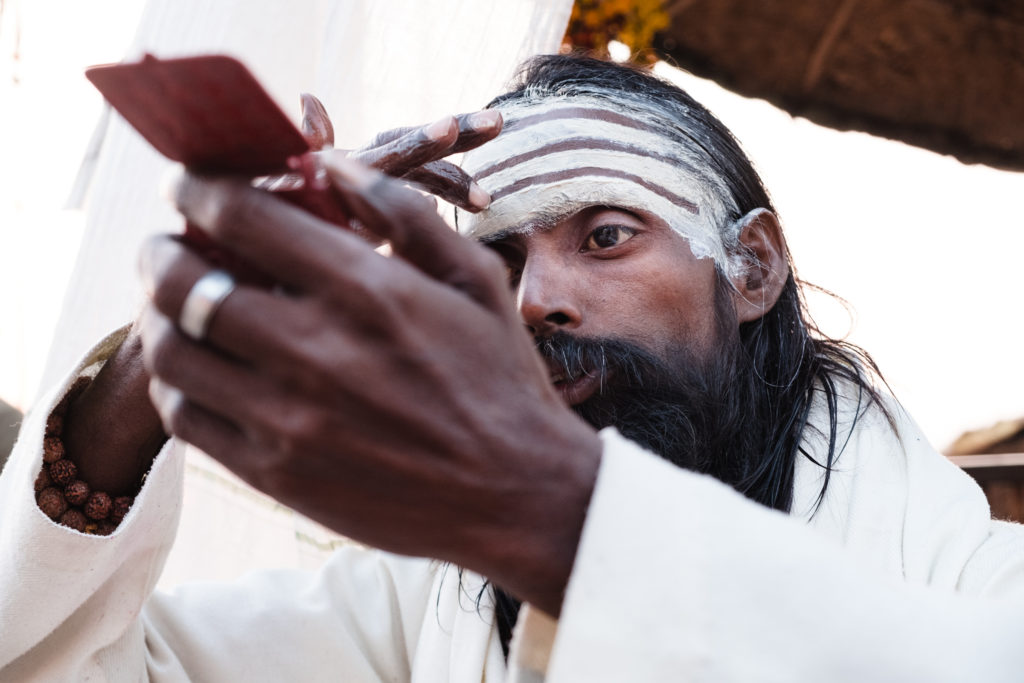
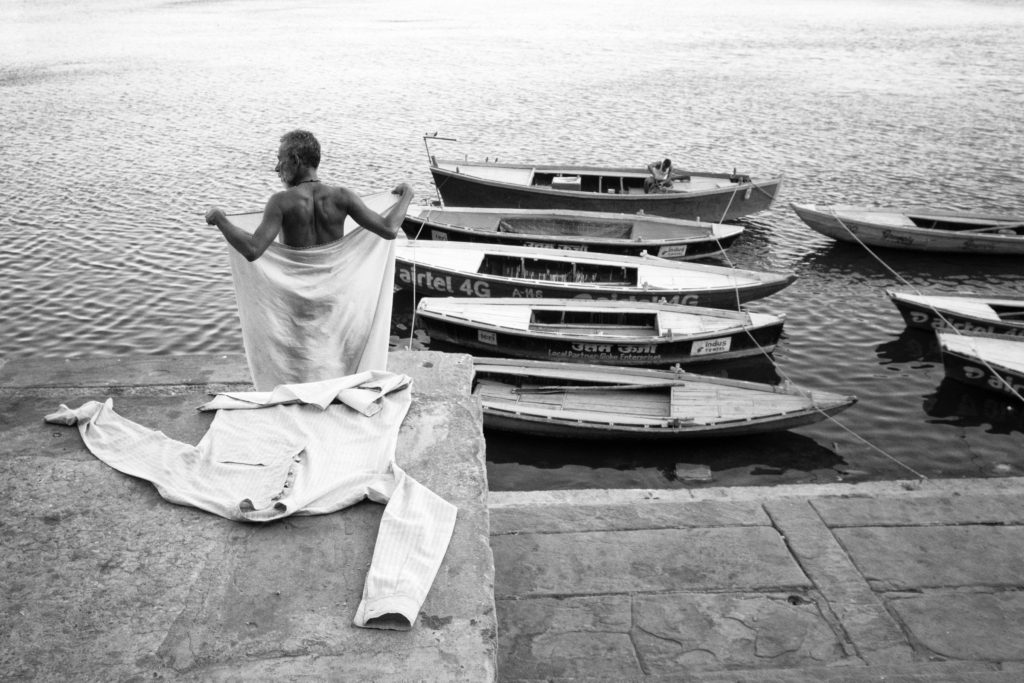
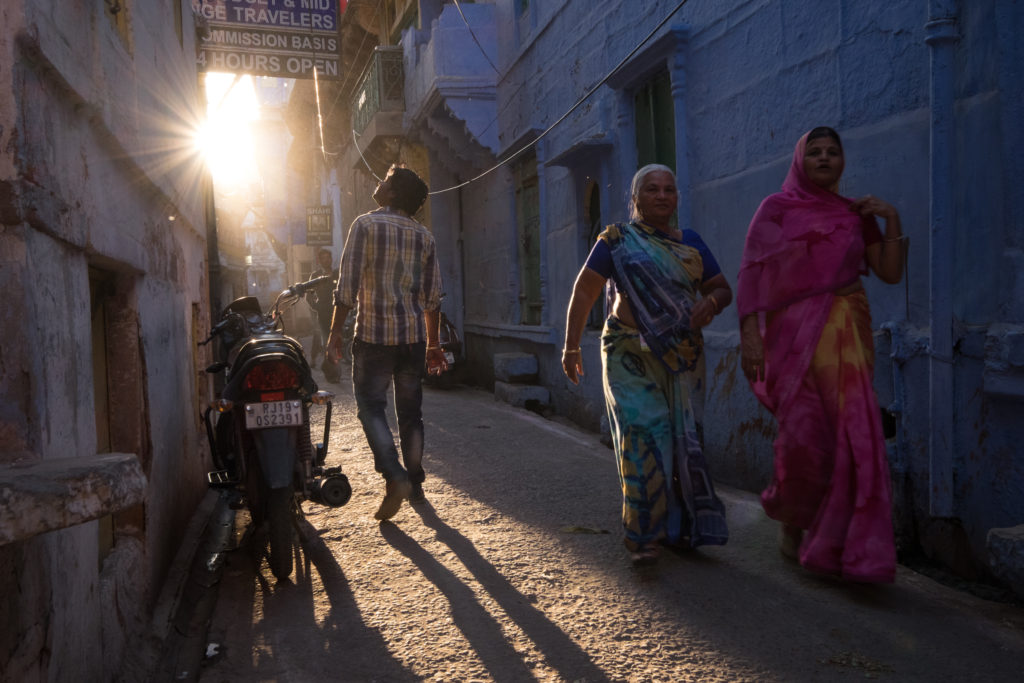
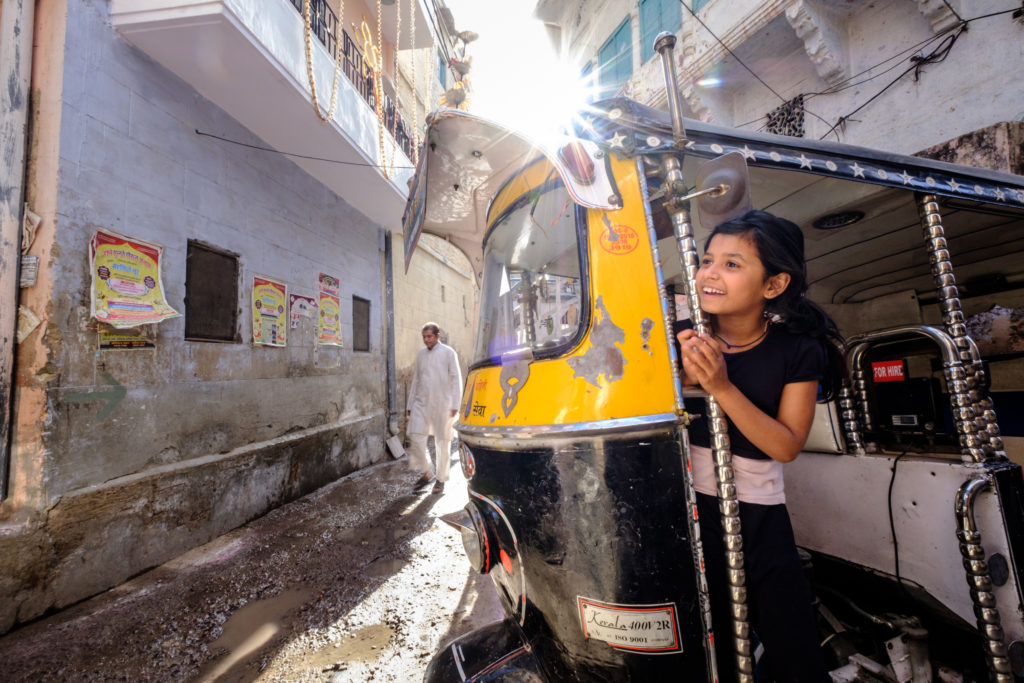
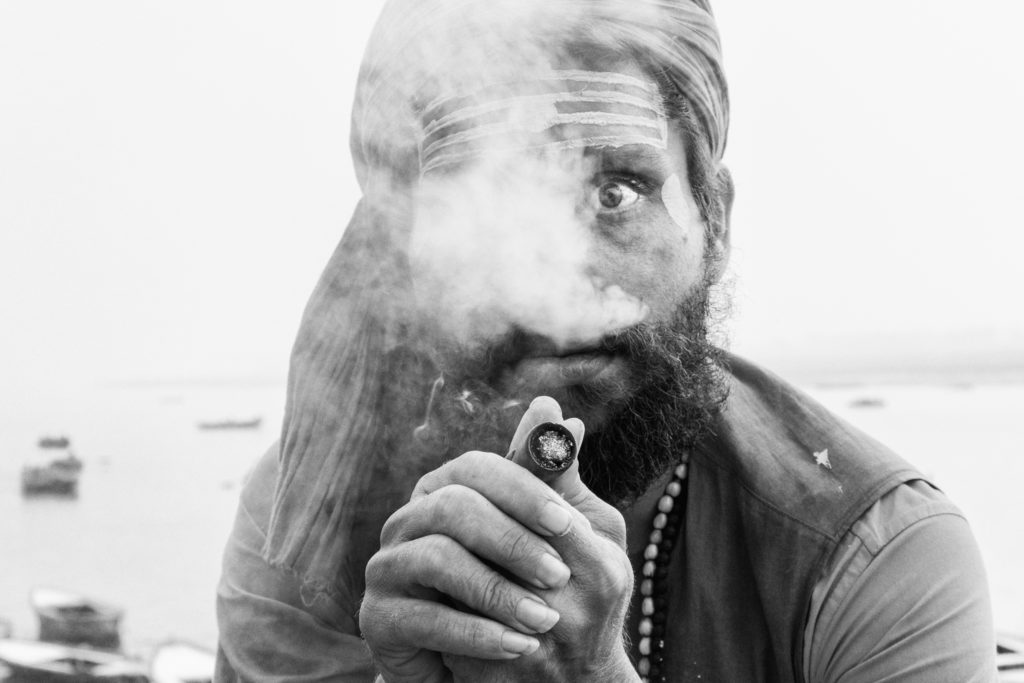
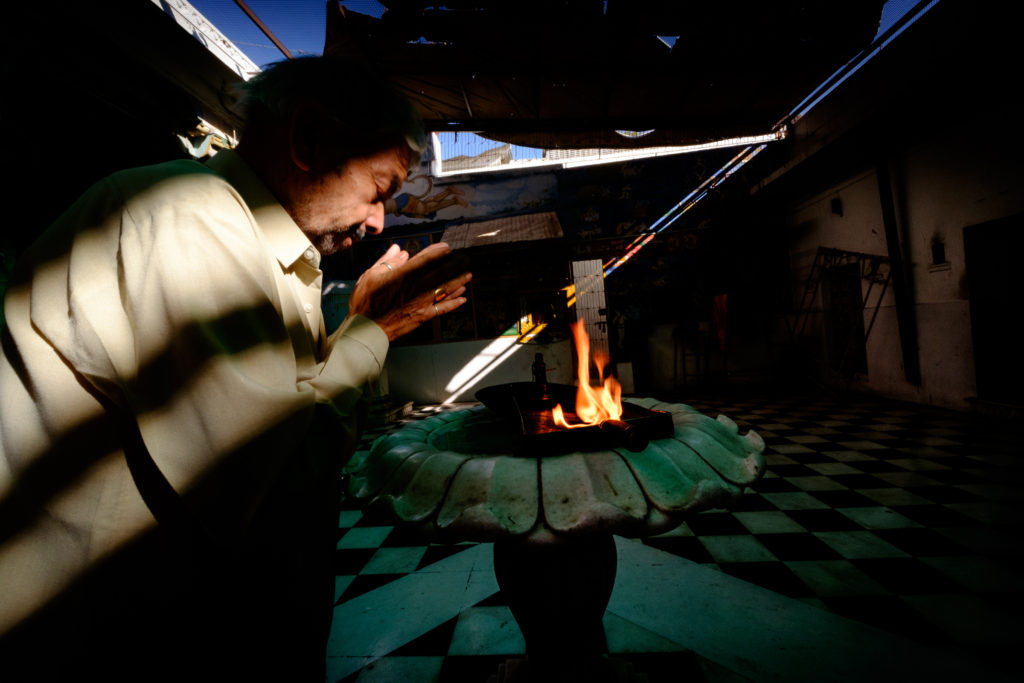
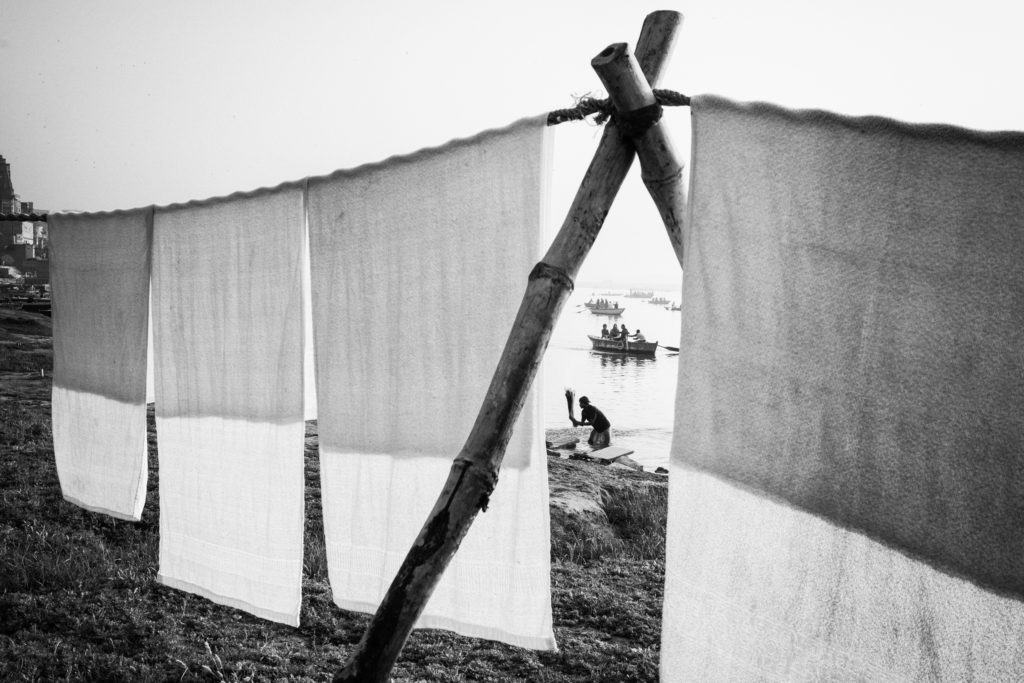
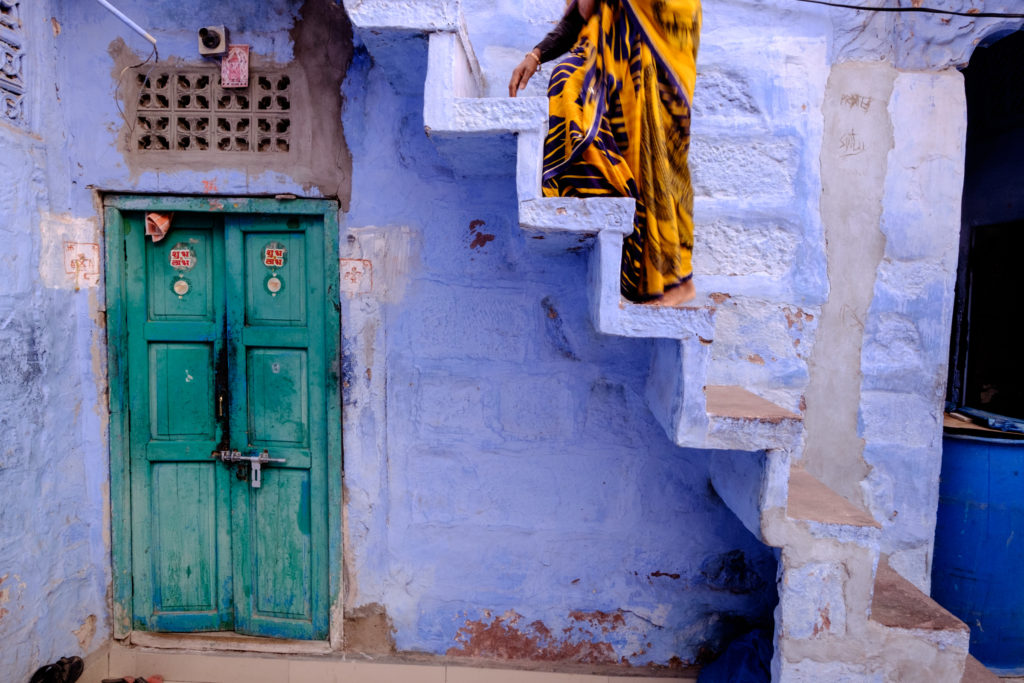
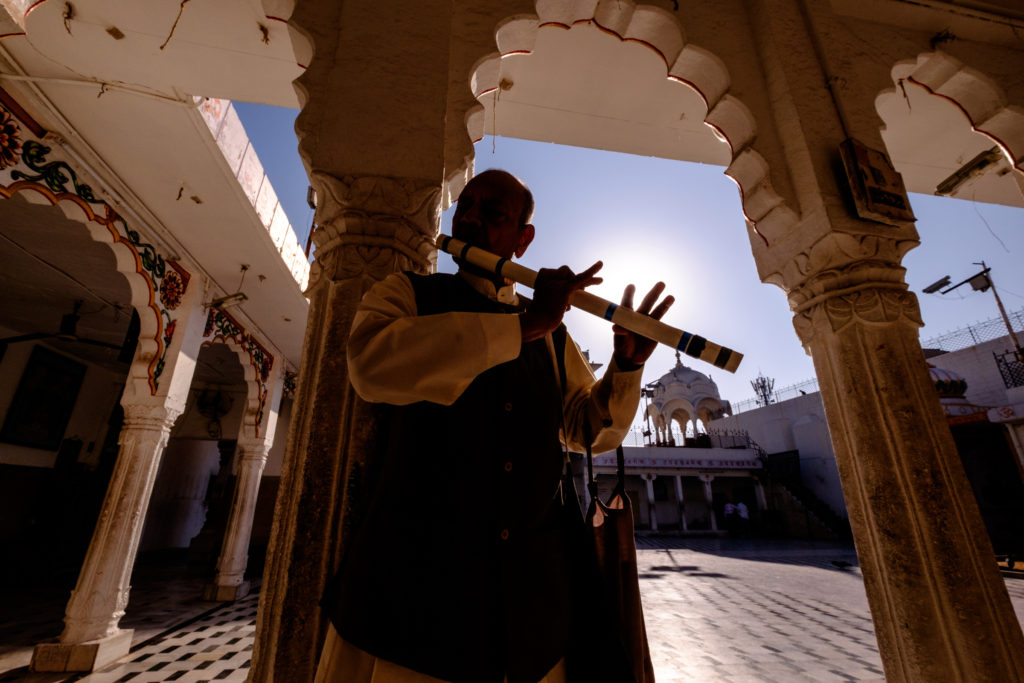
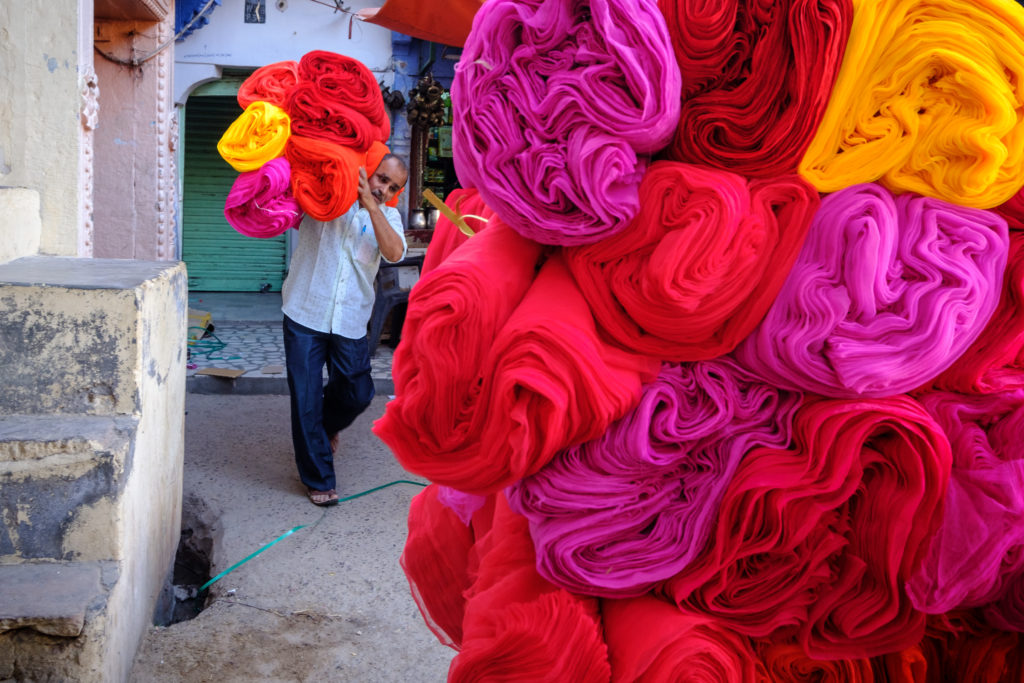
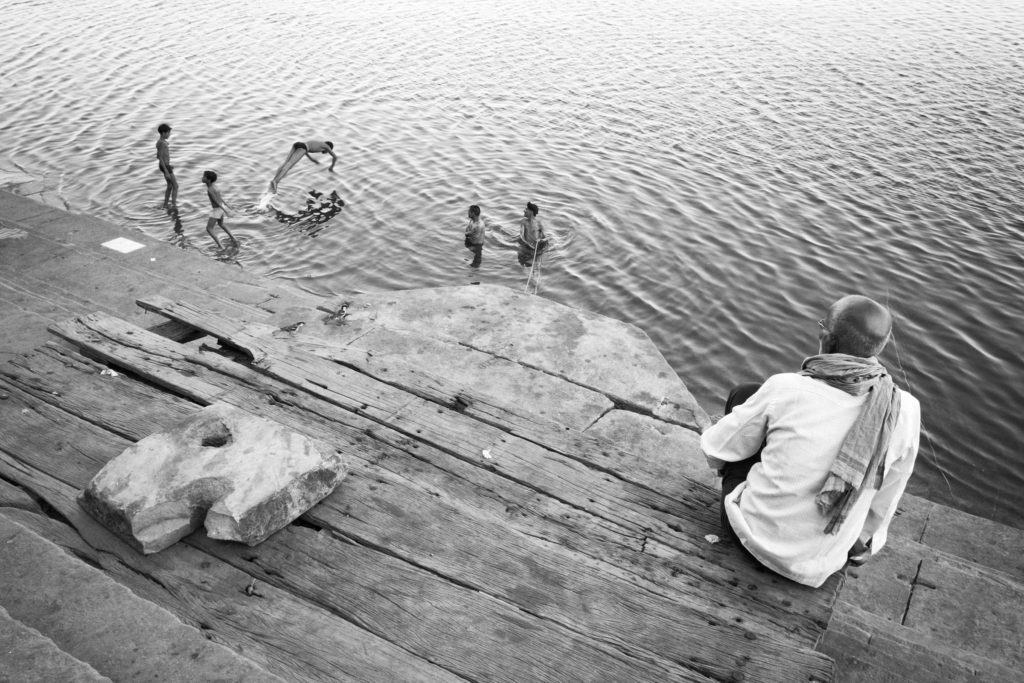
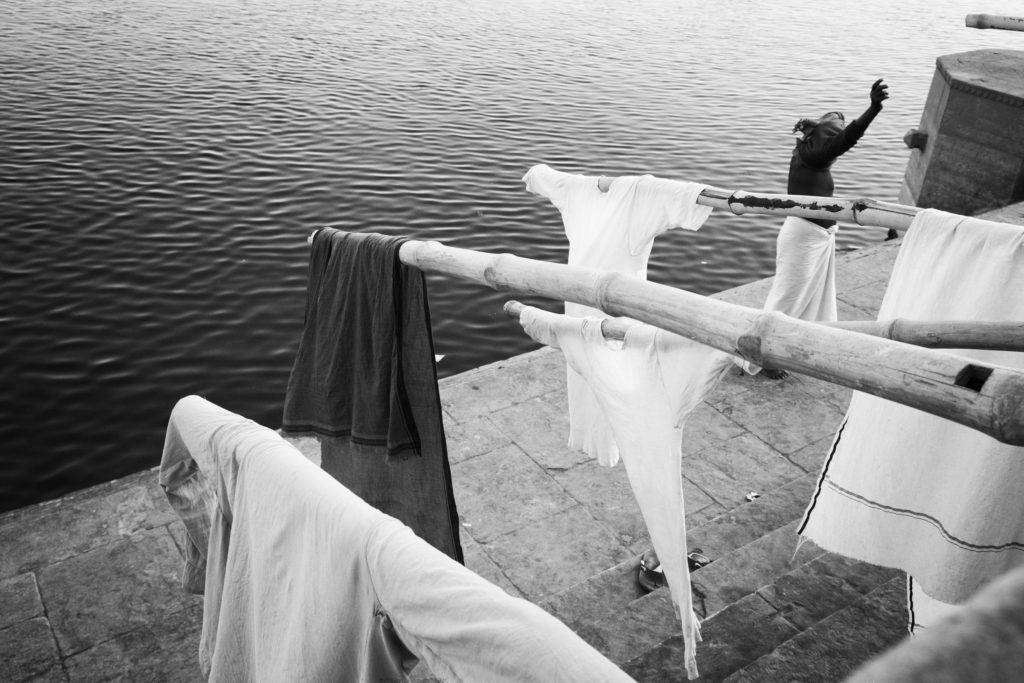
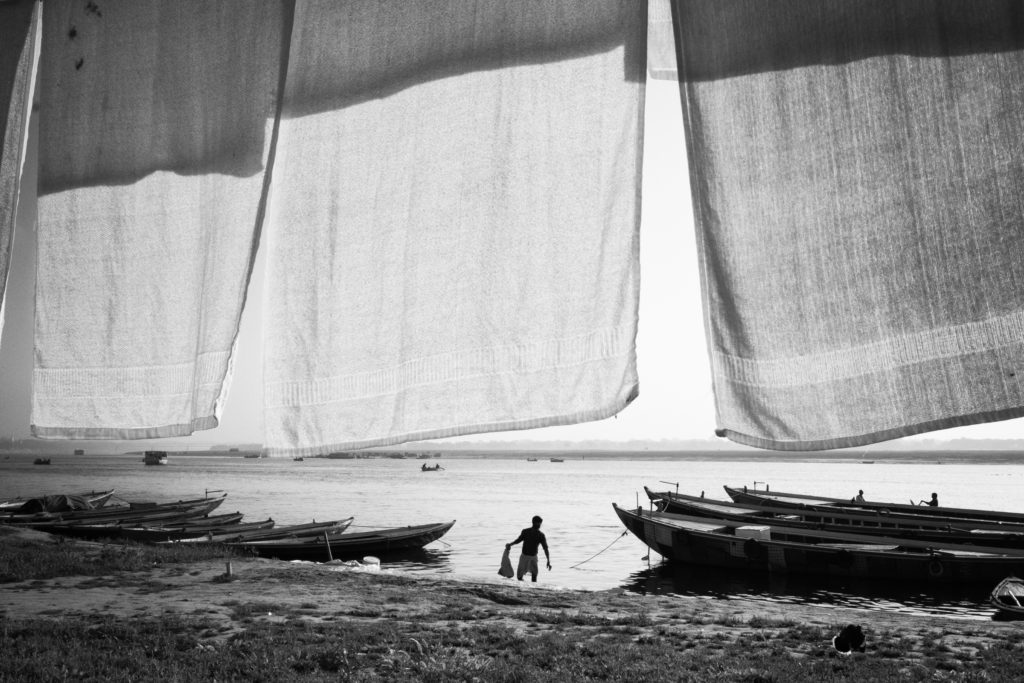
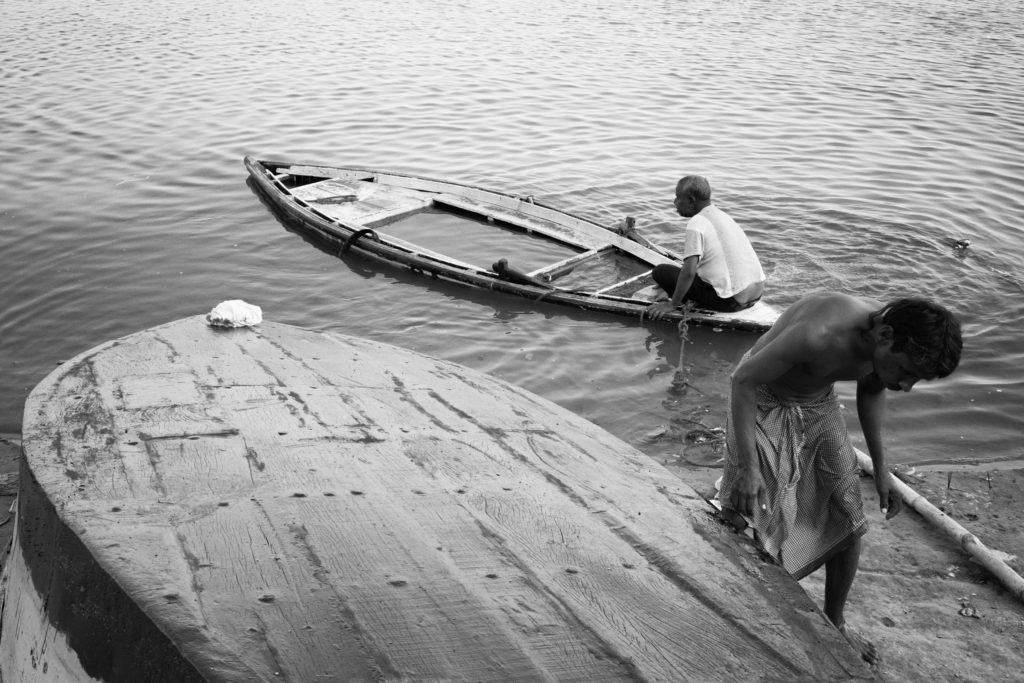
11 comments
“I have to stop giving a damn about what people on Instagram want to see.” Amen, brother! I have to force myself to think about this every time I’m brought into a scene. It’s difficult in a world where “social media success” seems to be everything. But in the end, if you just shoot for Instagram, you’re left with empty photos that mean nothing. Great summary!
That was a terrific read, man! A great piece about one of my favorite travel photographers, by one of my favorite travel photographers. :)
E
Thank you Michael for this excellent post. I read it while evaluating the course of David Du Chemin. The way you articulated your own experience and thoughts on the course was really striking and made a difference: I am moving on to buy the course! Thanks a lot!
tmoycs
i9l86h
05yh1i
zo6fnt
xvz03h
sgnu82
j3ggzr
stwwp2